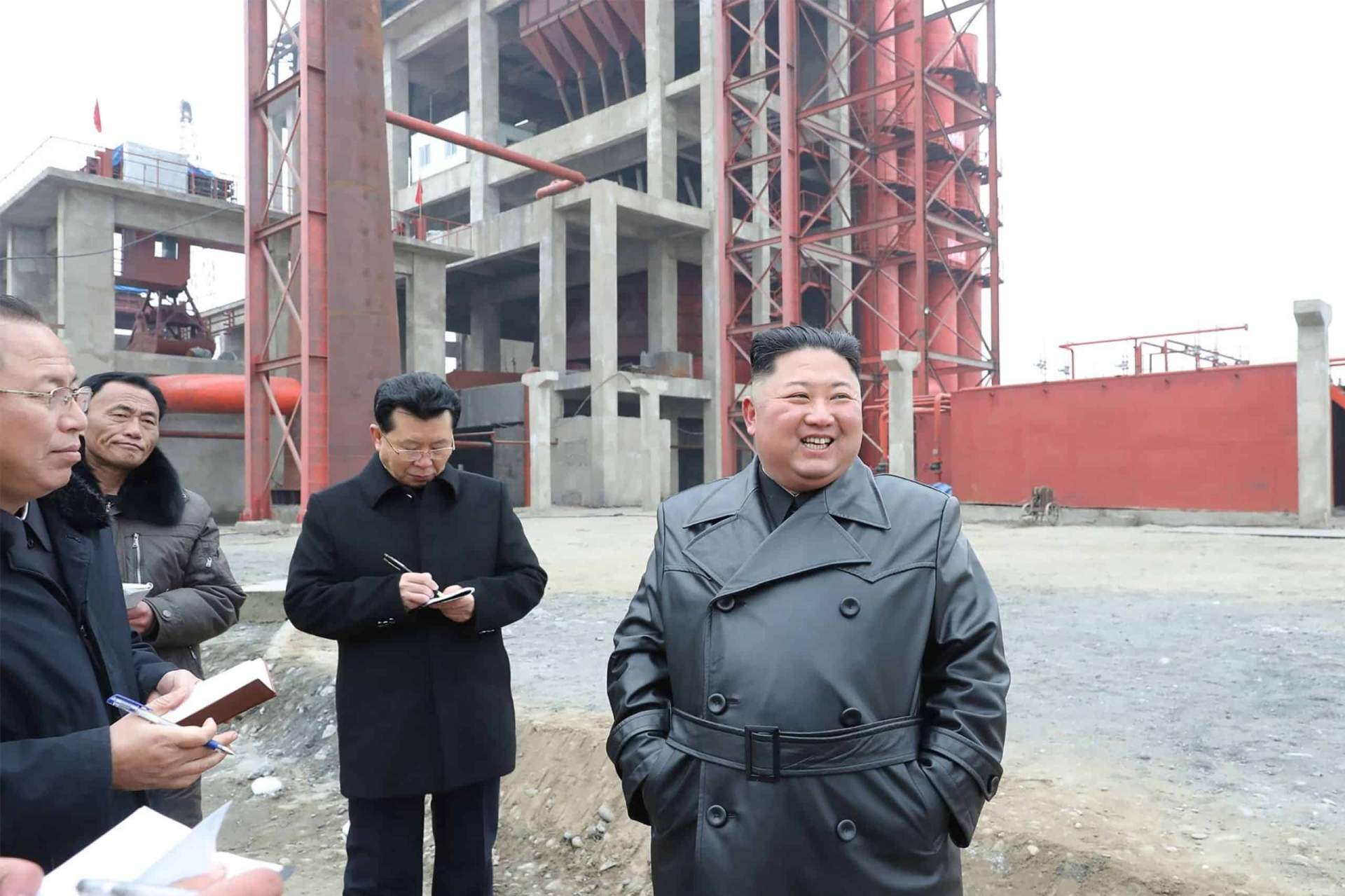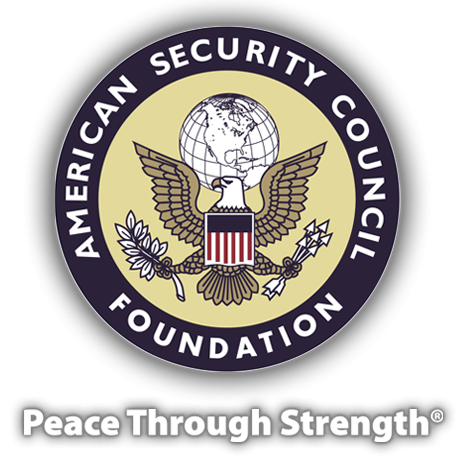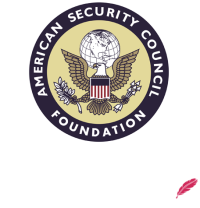North Korea’s Kim Stays Out of Sight for Another Day

North Korean dictator Kim Jong Un remained absent Monday, as state media reported his thank-you letter to construction workers and Seoul officials reasserted that they believe he is alive.
Mr. Kim hasn’t been seen in public since April 11, generating rampant speculation that he may be incapacitated or dead.
South Korean President Moon Jae-in, delivering remarks to senior aides on the second anniversary of his first inter-Korean summit with Mr. Kim, didn’t mention his counterpart’s health. Instead he said he would rely on his “trusted” relationship with Mr. Kim as a springboard for advancing joint railway and health-care projects by the long-hostile neighbors.
In the past day, a senior Moon administration adviser told Fox News that Mr. Kim is “alive and well,” while South Korea’s unification minister said there were no signs of the kind of activity that would be expected if he had died: “We have enough intel to confidently say there are no unusual movements in North Korea.”
The speculation about Mr. Kim’s health began when he failed to show for a nationally broadcast April 15 celebration marking the birth anniversary of his grandfather, North Korean founder Kim Il Sung—a major holiday. But his sister and uncle were also absent.
Until then, state media this year had covered at least 17 appearances by Mr. Kim, from visiting a fertilizer factory to observing weapons launches to attending a hospital groundbreaking. But there have been gaps: Over a period of about three weeks in January and February, neither the country’s main newspaper, Rodong Sinmun, nor the state-run Korean Central News Agency ran photographs of him in public.
The speculative cascade intensified after an April 20 report by the Seoul-based Daily NK—which claims to have sources inside North Korea—that Mr. Kim was recovering following heart surgery. Subsequent reports have had him in a coma or even dead. But others have suggested Mr. Kim is simply lying low to avoid the coronavirus.
One Monday, Mr. Kim’s message of thanks to construction workers building a beach resort in the Wonsan area was covered both by Rodong Sinmun, where it was on the front page, and the state broadcaster. But there were neither photos nor any mention that he had addressed the workers in person—in short, nothing to discourage the guessing game for North Korea watchers.
Mr. Kim’s father and grandfather were rumored to have died numerous times during their decades as dictators, only to re-emerge.
“I’ve been doing this over 30 years, and at least 30 times I’ve heard of the demise of a North Korean leader,” said Gordon Flake, a Korea specialist at the Perth USAsia Centre in Australia. “Only twice it was true. Neither of them were foreseen.”
Mr. Kim was very much in the global spotlight two years ago, when he became the first North Korean leader to set foot in the South by stepping across Korea’s demilitarized zone and shaking hands with Mr. Moon. Their meeting helped set the foundation for the historic Singapore summit months later, where Mr. Kim met President Trump for the first time.
On Monday, Seoul’s unification ministry marked the anniversary with a small event at a railway near the demilitarized zone. No one showed from the North Korean side. Mr. Moon, who also didn’t attend, told aides he hoped for “realistic and practical” cooperation with North Korea.
Mr. Moon’s hopes of advancing his inter-Korean vision got a boost earlier this month when his ruling party won a new majority in South Korea’s legislature. But he still faces the challenge of getting the Kim regime to go along with any joint project, security experts say.
“The problem is, North Korea hasn’t answered South Korea’s offers,” said Park Won-gon, a visiting scholar at the Seoul-based Asan Institute think tank.
Denuclearization talks between the U.S. and North Korea have stalled since Messrs. Trump and Kim left their second summit, last year in Hanoi, without a deal. Working-level talks resumed in October only to be halted abruptly. In a policy shift published Jan. 1, Mr. Kim said he no longer felt bound to a moratorium on long-range weapons tests and vowed never to trade his country’s dignity for economic sanctions relief.
Photo: North Korean leader Kim Jong Un visited the construction site of a factory in South Pyongan Province in this picture released by the state-controlled news agency on Jan. 7.KCNA/AGENCE FRANCE-PRESSE/GETTY IMAGES
Link: https://www.wsj.com/articles/north-koreas-kim-stays-out-of-sight-for-another-day-11587989240











